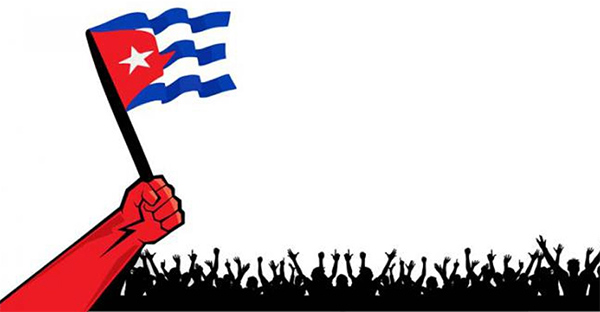
Guantánamo.- The May Day celebration in 1939 was the first organized by the Cuban Workers’ Confederation (CTC, in Spanish), whose founding congress was held on January 28 of that year.
It was a huge mass event that began with a parade from the central intersection of Belascoaín and San Lázaro streets in Havana, where the headquarters of the workers’ organization was located at the time.
The march went to Misiones Avenue, passed by the Presidential Palace, took Refugio Street, Paseo del Prado and ended in Central Park. There, several proletarian leaders spoke before Lázaro Peña, recently elected general secretary of the CTC, who summarized the day’s events.
On behalf of the country’s workers, a delegation of their leaders presented the Minister of Labor with a list of demands, such as the legal recognition of the proletarian center, an end to the evictions of peasants, the delivery of land to sugar workers who were unemployed during the «dead time,» the punishment of businessmen who flouted the few existing social and labor laws, the defense of national industry, and the establishment of retirement laws.
Other demands included the replacement of displaced workers, the implementation of a public works program to combat unemployment, and the condemnation of the Falangist regime established by Francisco Franco in Spain.
In addition to the massive rally in Havana, events were held in Santiago de Cuba and other cities around the country, and tributes were paid to labor leaders.
After that historic commemoration, there was a period of unified celebrations until 1947, when politicians, gangsters and other demoralized elements protected by the government attacked and occupied trade union organizations as a result of the Cold War and anti-Communist hatred on a global scale.
In this way, they enthroned a forced division of the workers’ movement and carried out demagogic acts, in closed venues and alien to the genuine fiber of such a memorable event.
This went on for 11 years, but the true representatives of the working masses held risky demonstrations and public rallies to denounce the exploitation, abuse, torture and crimes of the regimes at the service of U.S. imperialism.
With the arrival of the revolutionary power in January 1959, May Day became a celebration of the working people, joined by students, peasants and militants.
Since then, millions of Cubans, with the CTC and its unions at the forefront, celebrate the proletarian date with the militancy, color, organization and discipline that characterize it, reaffirming their support for the Revolution, a determination that will be present again this May 1 in Plaza de la Revolution and throughout the country with the central slogan «For Cuba, Together We Create. (Trabajadores Newspaper)